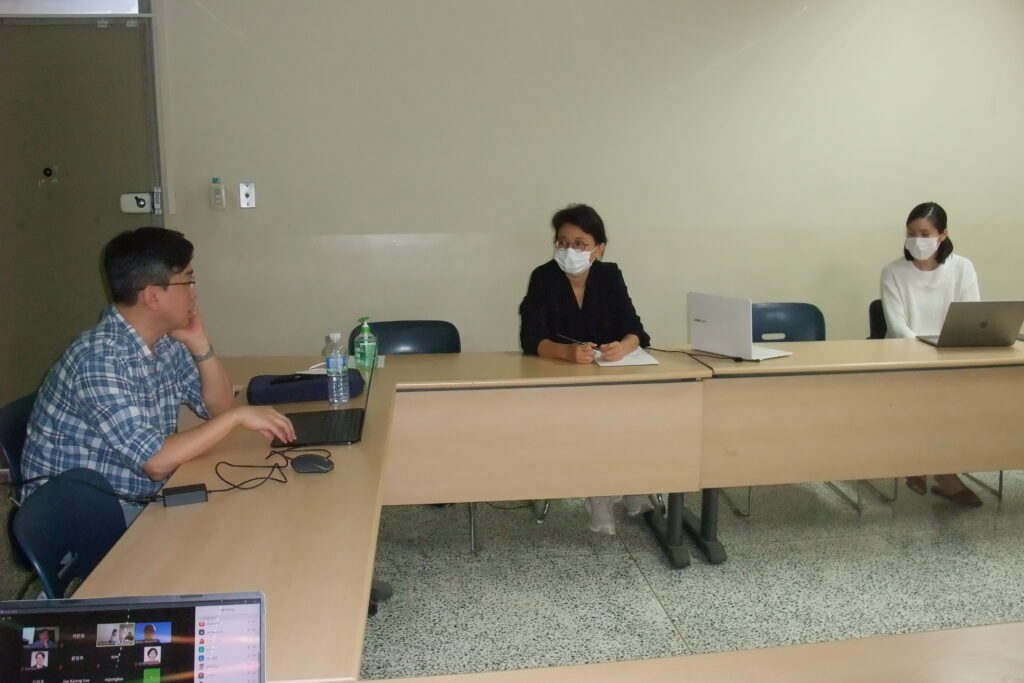Colloquium in Sept. 2020
Kye, Bongoh (Professor, Department of Sociology at Kookmin Univ.), Young-Mi Kim (Professor, Department of Sociology at Yonsei Univ.), and Jihye Lee (National Health Insurance Service)
Using the National Health Insurance micro-data from 2002 to 2018, this study analyzes whether there is any relationship between fertility and household income in South Korea, and if so, how the relationship has recently changed. The study finds that the total fertility rate (TFR) of top half of the household income distribution has been generally higher than that of the bottom half in South Korea since the late 2000s. It also finds that the TFR of the bottom half decreased while that of the top half increased from 2005 to 2015, and that since 2015 the TFR has decreased in all income groups. Similarly, the study reports that since 2015 Age-Specific Fertility Rate (ASFR) has decreased among Korean women aged between 25 and 39, regardless of their age and income groups. One of the main limitations of the study is that it underestimates dual earner families’ household income as in the study, the household income is measured by either female policyholder’s personal income or her provider’s. Another limitation is that it cannot analyze whether the fertility differentials by household income are at least partly due to the marriage differentials by socioeconomic status as the data provides no information on the women’s marital status. The study explores the potentials of social science studies using the administrative data.



